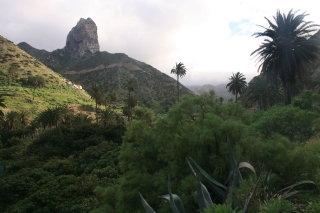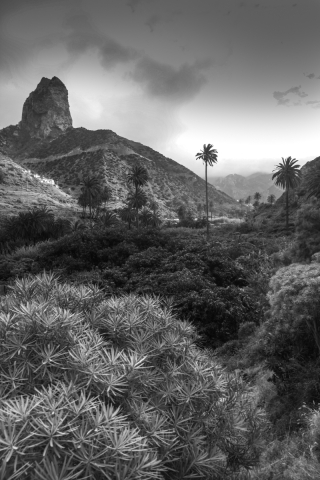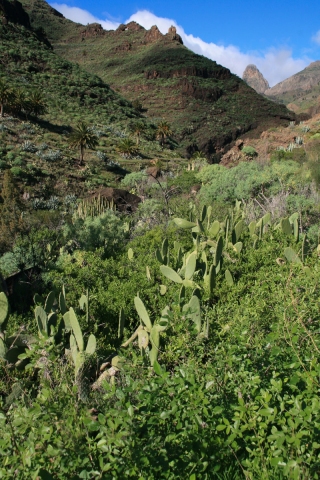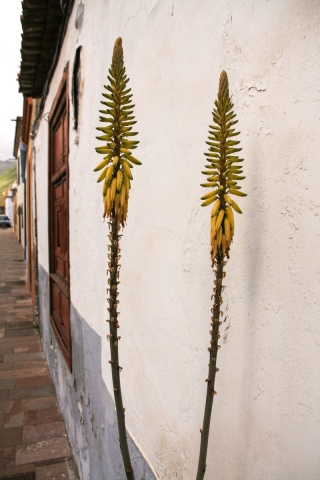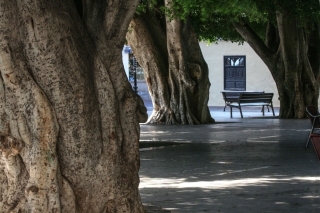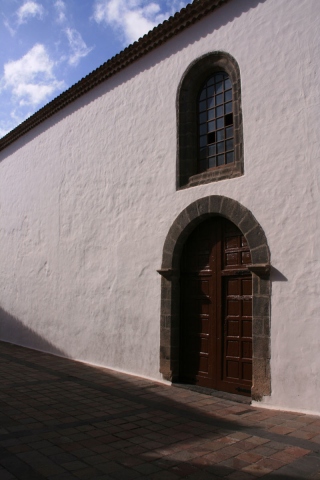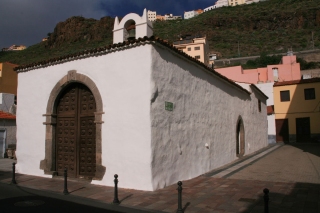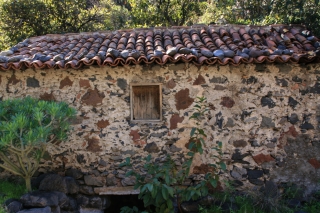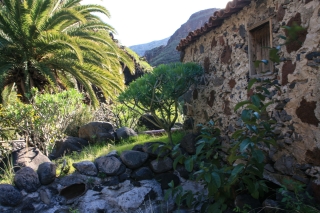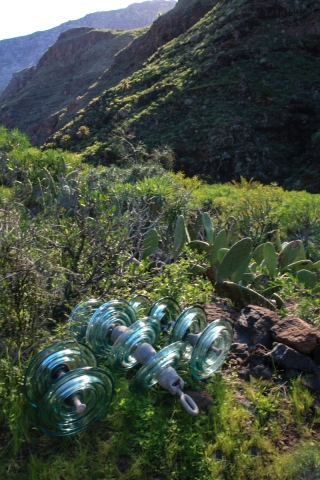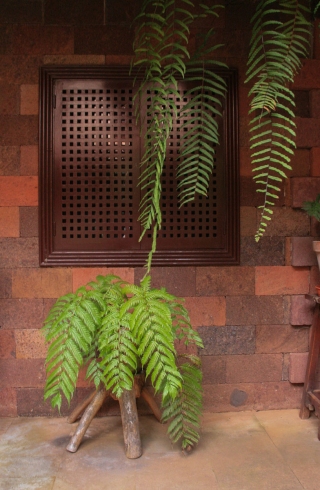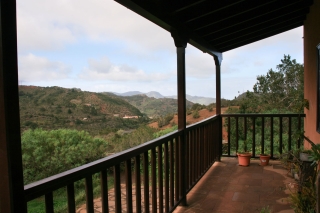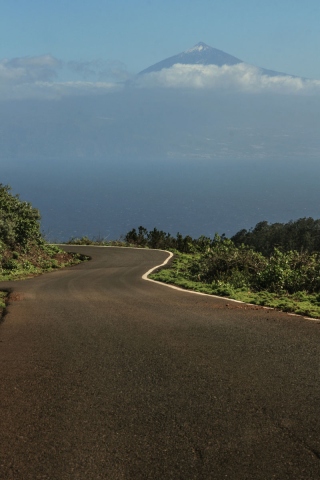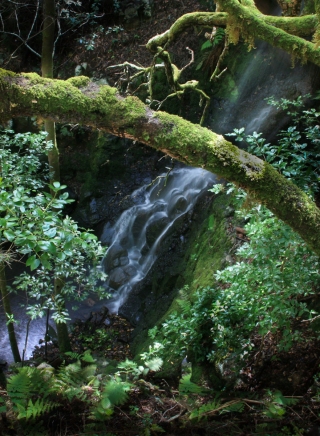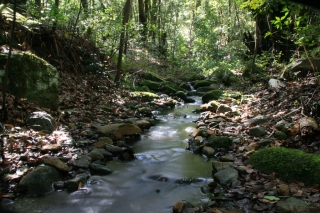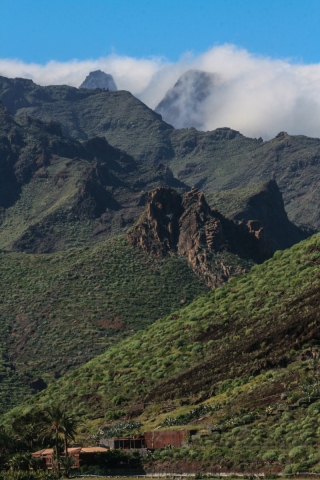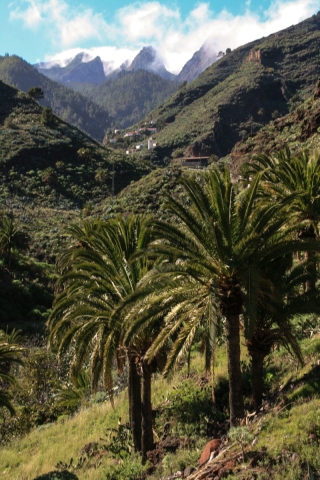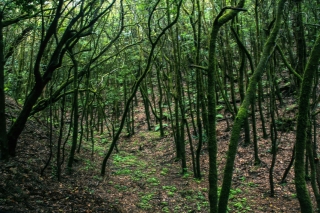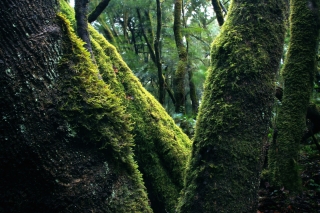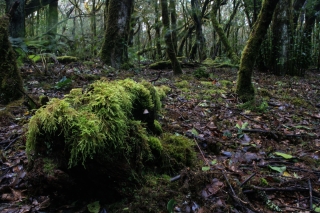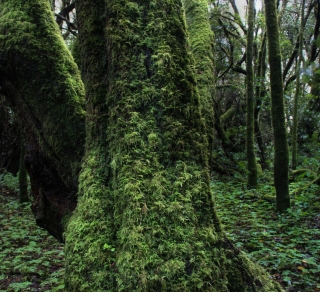Canaries
La Gomera is quite simply stunning. If you’ve been to the main Islands in the Canaries, it won’t have prepared you for the enormous ‘punch’ that such a small island offers. I went in January and everywhere was lush and green. Unsurprisingly, the weather was wet and very, very windy but from a photographers point of view, very dramatic. You either need legs of iron for walking the deeply incised valleys…or a car. I drove on every last inch of roadway during my two week visit and no two drives were ever the same, thanks to the ever evolving weather.
My main reason for going there was to try and photograph the rain forest. Little did I know how difficult that would be. Time and again I drove through the forest but the weather always seemed to be against me. Almost constantly in the clouds and either raining or just dripping with condensation…and very windy, so that the canopy was in constant movement. When I did get a window of opportunity, a tripod was essential as the darkness required long exposures of up to 15 seconds or more and in the instant that you try to photograph it, the weather can change and make it all but impossible. It wasn’t until my last day that the best opportunity presented itself and even then, it was just a brief moment.
Most of the beaches are pebbly with black volcanic sand and the rusting, decaying remnants of the industrialised banana trade that the island once had. So not really a place for beach holidays but for hiking and photography, brilliant. Considering it’s volcanic appearance, it’s the only island that isn’t still active but on the East side of the island, the views are dominated by Pico del Tiede, a volcano on Tenerife and the highest peak on Spanish territory…and still active.


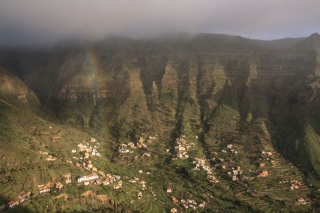
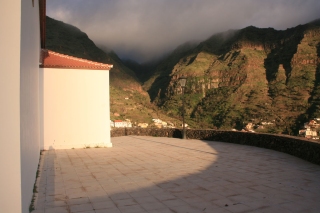
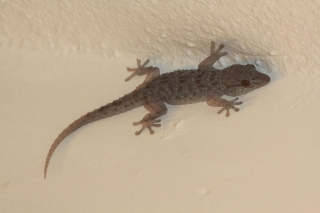

![Orange flower[unknown], '14. Orange flower[unknown], '14.](https://chrismortonphotostories.co.uk/wp-content/uploads/nggallery/la-gommera/cache/IMG_La-Gomera0053.jpg-nggid041287-ngg0dyn-320x0-00f0w010c010r110f110r010t010.jpg)
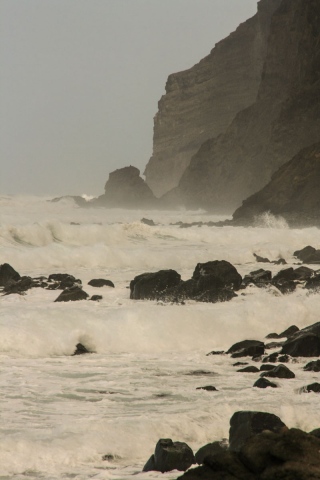

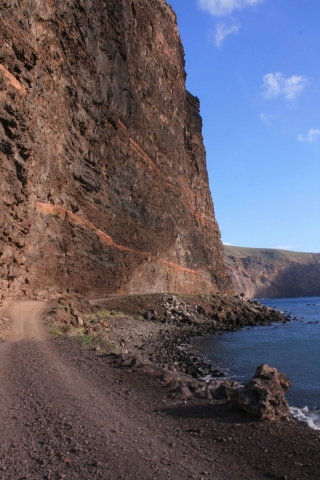
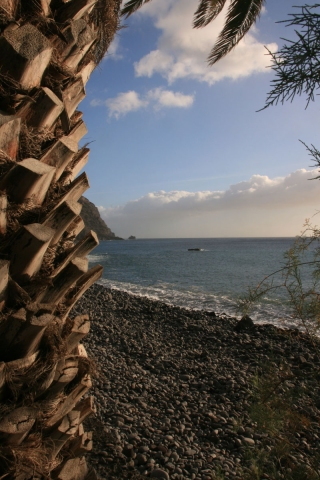



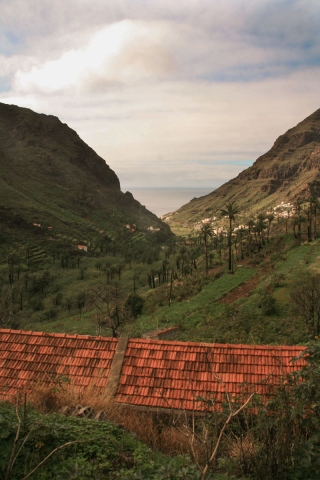

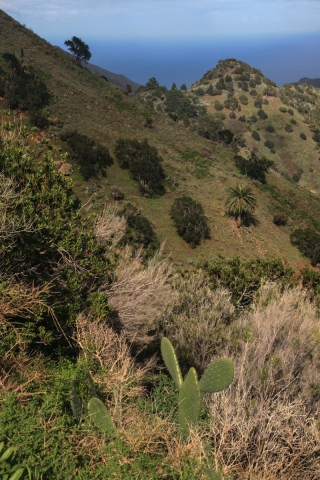
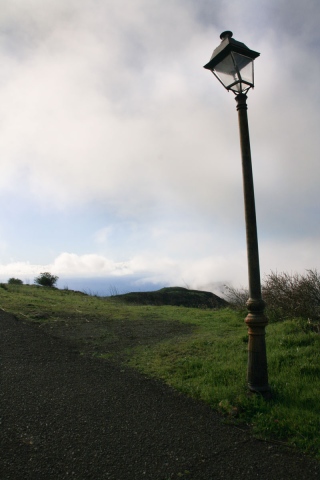
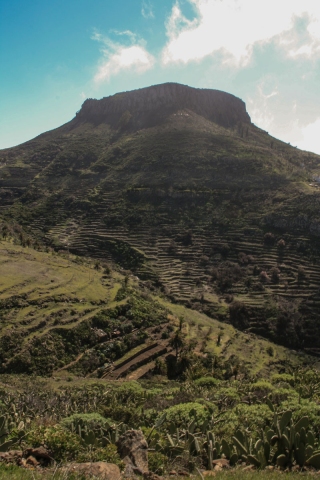
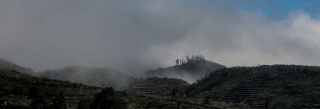
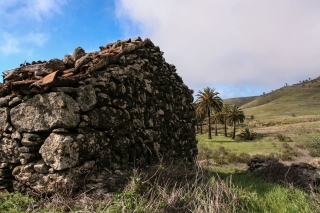
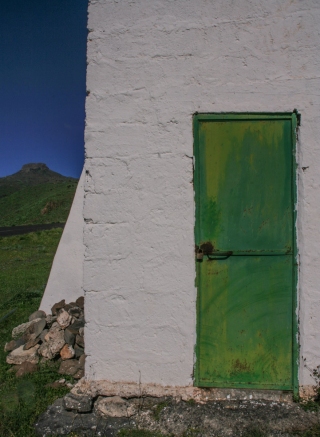
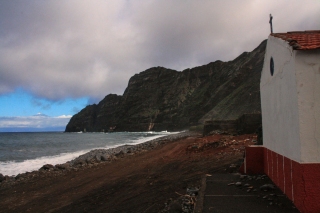
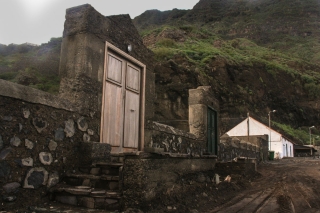
![Playa de Vallehermoso,[Pico del Tiede], '14. Playa de Vallehermoso,[Pico del Tiede], '14.](https://chrismortonphotostories.co.uk/wp-content/uploads/nggallery/la-gommera/cache/IMG_La-Gomera0273.jpg-nggid041214-ngg0dyn-320x0-00f0w010c010r110f110r010t010.jpg)
![Yellow flowers[unknown], '14. Yellow flowers[unknown], '14.](https://chrismortonphotostories.co.uk/wp-content/uploads/nggallery/la-gommera/cache/IMG_La-Gomera0275.jpg-nggid041215-ngg0dyn-320x0-00f0w010c010r110f110r010t010.jpg)
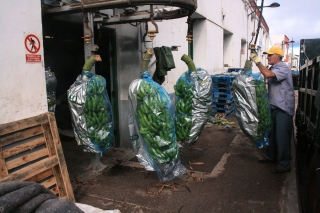
![Playa de la Caleta,[Pico del Tiede], '14. Playa de la Caleta,[Pico del Tiede], '14.](https://chrismortonphotostories.co.uk/wp-content/uploads/nggallery/la-gommera/cache/IMG_La-Gomera0287.jpg-nggid041217-ngg0dyn-320x0-00f0w010c010r110f110r010t010.jpg)
![Playa de la Caleta,[Pico del Tiede], '14. Playa de la Caleta,[Pico del Tiede], '14.](https://chrismortonphotostories.co.uk/wp-content/uploads/nggallery/la-gommera/cache/IMG_La-Gomera0288.jpg-nggid041218-ngg0dyn-320x0-00f0w010c010r110f110r010t010.jpg)
![Roque de Agando[1182m], '14. Roque de Agando[1182m], '14.](https://chrismortonphotostories.co.uk/wp-content/uploads/nggallery/la-gommera/cache/IMG_La-Gomera0356.jpg-nggid041219-ngg0dyn-320x0-00f0w010c010r110f110r010t010.jpg)
![Roque de Agando[1182m], '14. Roque de Agando[1182m], '14.](https://chrismortonphotostories.co.uk/wp-content/uploads/nggallery/la-gommera/cache/IMG_La-Gomera0357.jpg-nggid041220-ngg0dyn-320x0-00f0w010c010r110f110r010t010.jpg)
![Roque de Agando[1182m], '14. Roque de Agando[1182m], '14.](https://chrismortonphotostories.co.uk/wp-content/uploads/nggallery/la-gommera/cache/IMG_La-Gomera0358.jpg-nggid041221-ngg0dyn-320x0-00f0w010c010r110f110r010t010.jpg)
![Roque de Agando[1182m], '14. Roque de Agando[1182m], '14.](https://chrismortonphotostories.co.uk/wp-content/uploads/nggallery/la-gommera/cache/IMG_La-Gomera0359.jpg-nggid041222-ngg0dyn-320x0-00f0w010c010r110f110r010t010.jpg)
![Roque de Agando[1182m], '14. Roque de Agando[1182m], '14.](https://chrismortonphotostories.co.uk/wp-content/uploads/nggallery/la-gommera/cache/IMG_La-Gomera0360.jpg-nggid041223-ngg0dyn-320x0-00f0w010c010r110f110r010t010.jpg)
![Roque de Agando[1182m], '14. Roque de Agando[1182m], '14.](https://chrismortonphotostories.co.uk/wp-content/uploads/nggallery/la-gommera/cache/IMG_La-Gomera0361.jpg-nggid041224-ngg0dyn-320x0-00f0w010c010r110f110r010t010.jpg)
![By Roque de Agando,[Pico del Tiede], '14. By Roque de Agando,[Pico del Tiede], '14.](https://chrismortonphotostories.co.uk/wp-content/uploads/nggallery/la-gommera/cache/IMG_La-Gomera0433.jpg-nggid041294-ngg0dyn-320x0-00f0w010c010r110f110r010t010.jpg)
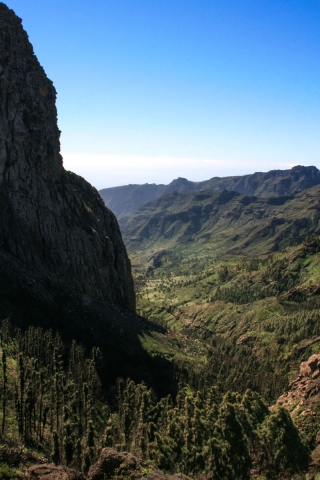

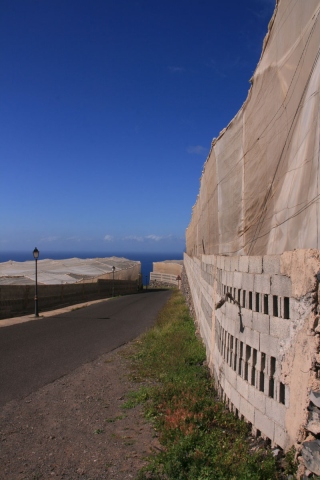
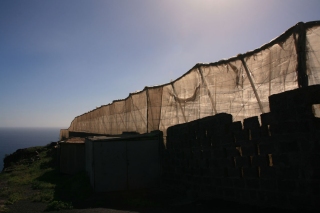
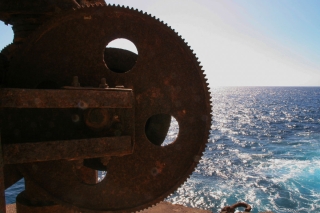
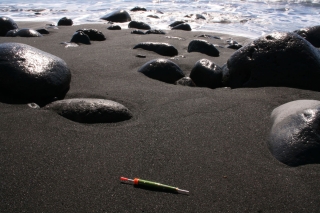


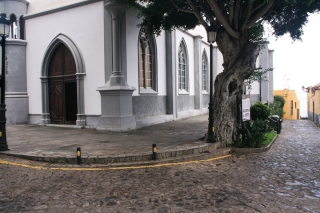
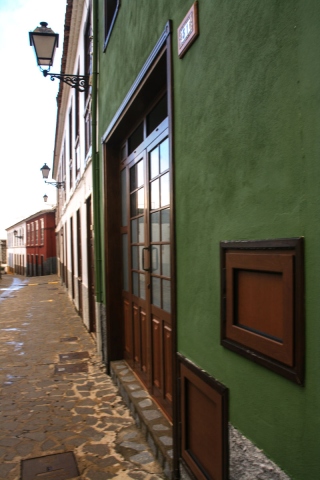

![Purple flowers[unknown], '14. Purple flowers[unknown], '14.](https://chrismortonphotostories.co.uk/wp-content/uploads/nggallery/la-gommera/cache/IMG_2967.jpg-nggid041263-ngg0dyn-320x0-00f0w010c010r110f110r010t010.jpg)
